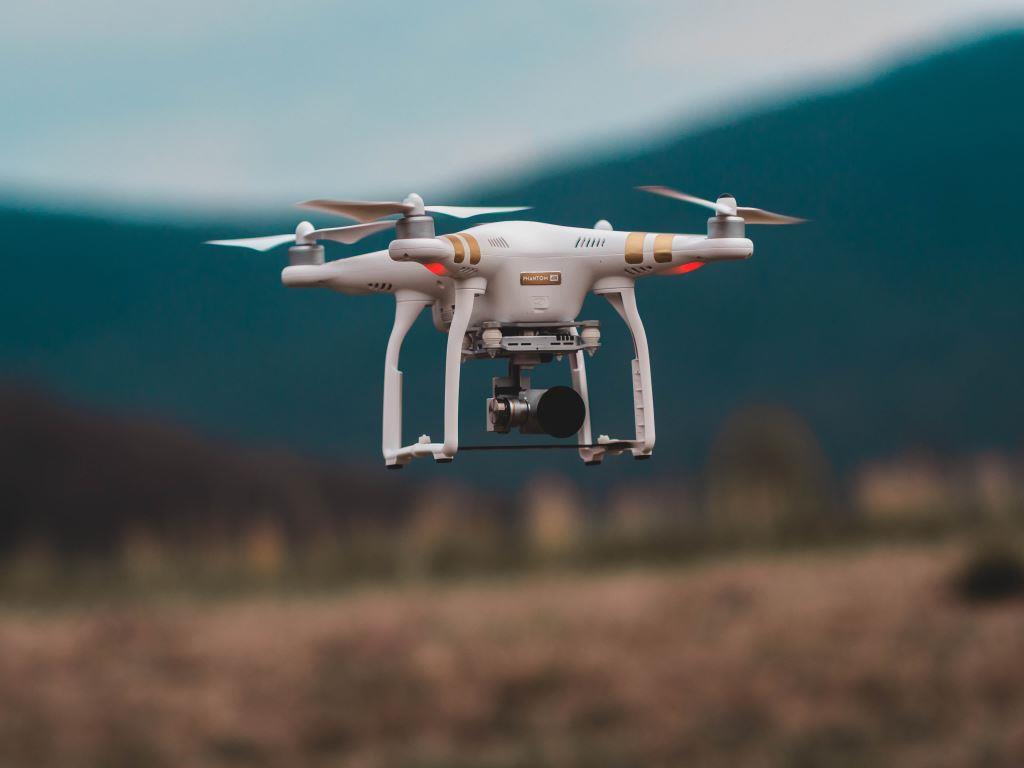
In recent years, Unmanned Aerial Vehicles (UAVs), commonly known as drones, have revolutionized various industries, including construction. UAV aerial surveys offer a range of benefits that enhance the efficiency, accuracy, and overall effectiveness of construction projects. According to a Perth surveyor, these are the top five applications of UAV aerial surveys in the construction industry:
1. Site Planning and Pre-Construction Analysis
Before any construction begins, thorough site planning and analysis are crucial. UAV aerial surveys provide detailed and accurate topographic maps and 3D models of the construction site. These surveys capture high-resolution images and data from various angles, offering a comprehensive view of the terrain, existing structures, and vegetation.
Benefits:
- Accuracy: High-resolution images and detailed topographic data help in creating precise site plans.
- Efficiency: Aerial surveys cover large areas quickly, saving time compared to traditional ground surveys.
- Visualization: 3D models and orthophotos assist in visualizing the site’s current state and planning the placement of new structures.
2. Progress Monitoring and Project Management
Throughout the construction process, tracking progress and ensuring that the project stays on schedule is essential. UAV site survey Perth can be used by to conduct regular aerial surveys to monitor construction progress. By comparing these surveys with the project’s blueprints, project managers can identify any deviations from the plan.
Benefits:
- Real-Time Updates: Regular aerial surveys provide up-to-date visual evidence of the construction progress.
- Comparative Analysis: Comparing survey data with original plans helps in identifying discrepancies and addressing issues promptly.
- Reporting: High-resolution images and videos can be used for progress reports and stakeholder updates.
3. Site Inspection and Quality Control
According to a land surveyor Perth, UAV aerial surveys are invaluable for site inspections and quality control. Drones can capture detailed images and videos of hard-to-reach areas, such as rooftops and elevated structures, ensuring that construction standards and safety regulations are met.
Benefits:
- Accessibility: UAVs can inspect high or difficult-to-access areas safely and efficiently.
- Detail: High-resolution imagery allows for detailed examination of construction quality and adherence to specifications.
- Documentation: Aerial surveys provide a record of the site’s condition at different stages, useful for quality assurance and future reference.
4. Volume Calculation and Material Management
Accurately calculating the volume of materials, such as earth, gravel, or stockpiles, is crucial for budgeting and resource management. UAVs equipped with photogrammetry software can generate precise volumetric measurements by analyzing aerial imagery.
Benefits:
- Precision: UAV surveys provide accurate volume calculations, reducing the risk of errors in material estimates.
- Efficiency: Automated volume calculations save time compared to manual measurements.
- Resource Management: Accurate data helps in optimizing material usage and managing inventory effectively.
5. Safety and Risk Management
Construction sites can be hazardous environments, and ensuring safety is a top priority. UAVs contribute to safety and risk management by providing aerial views that help identify potential hazards and assess safety conditions.
Benefits:
- Hazard Detection: Aerial surveys can reveal safety risks, such as unstable ground or unsafe work practices, that may not be apparent from the ground.
- Monitoring: Drones can monitor construction site conditions and ensure compliance with safety protocols.
- Emergency Response: In case of an incident, UAV footage provides valuable information for assessing the situation and planning emergency responses.
The integration of UAV aerial surveying in Perth into construction projects offers numerous advantages, from enhancing site planning and progress monitoring to improving safety and quality control. As technology continues to advance, the applications of UAVs in construction are expected to expand, offering even more opportunities for innovation in the industry.
